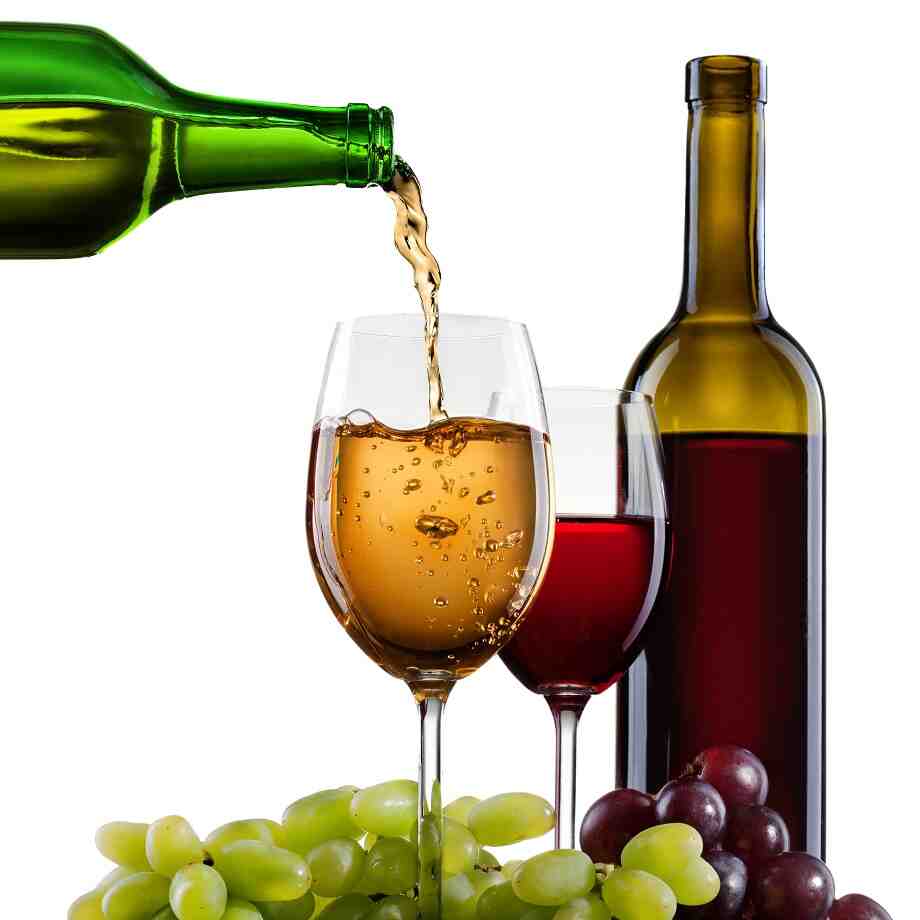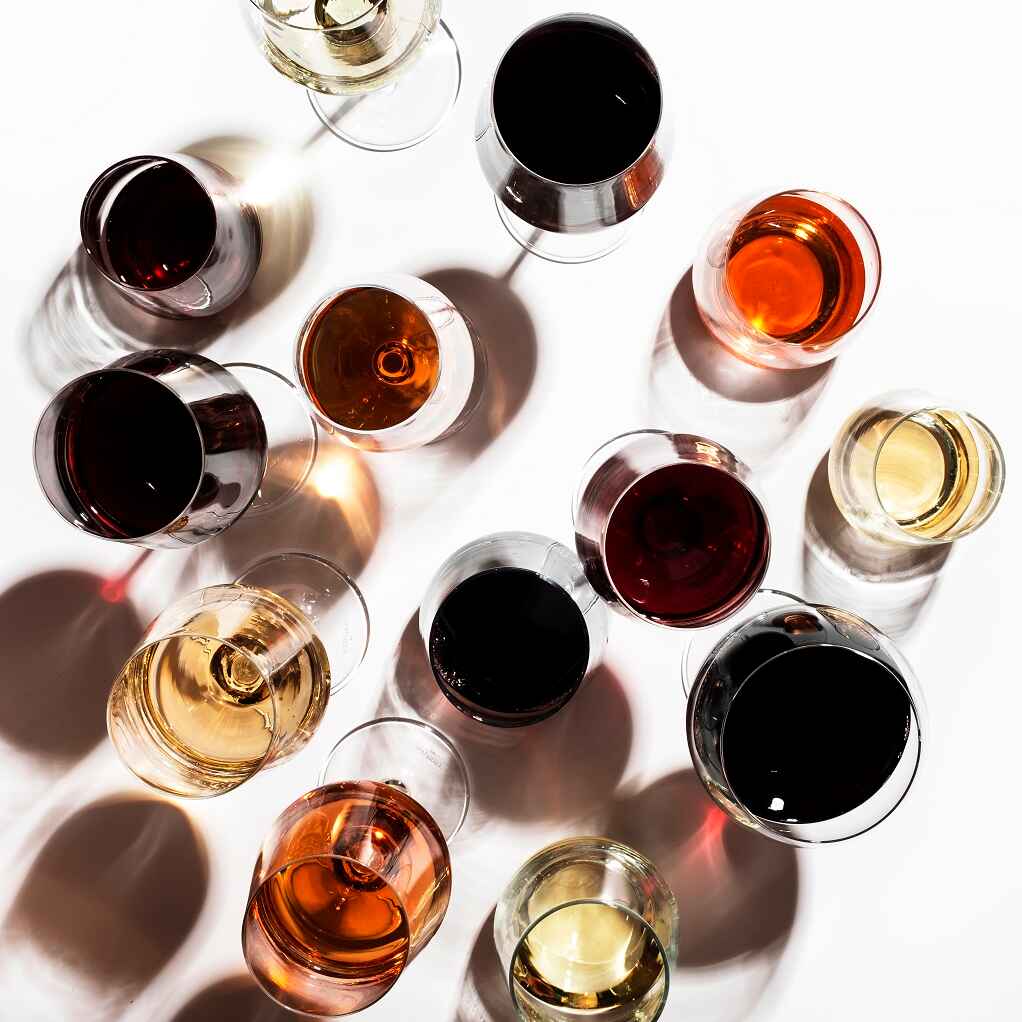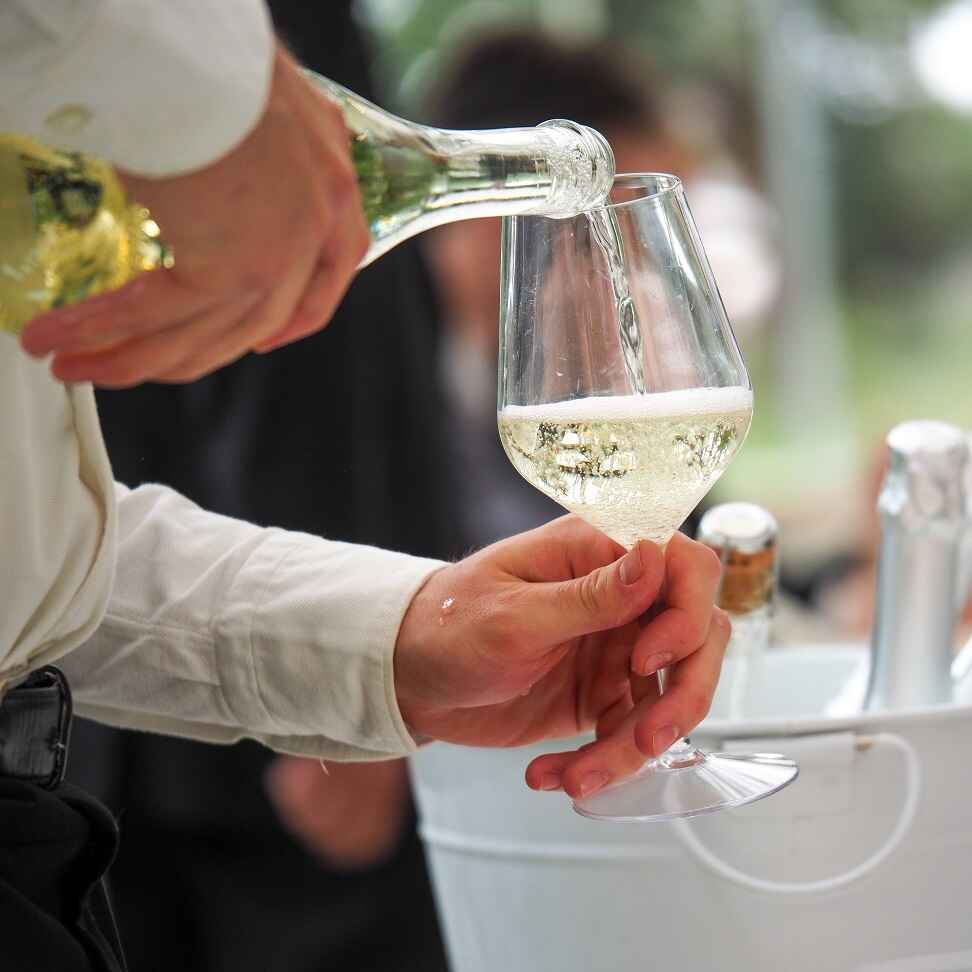The Magic of Fortified Wines: Sherry, Port, and Madeira
Fortified wines have long held a special place in the world of wine, known for their rich, intense flavors and their ability to age beautifully. Among these, Sherry, Port, and Madeira stand out as the classic examples of fortified wines, each with its own distinctive characteristics, production methods, and centuries-old traditions. These wines are elevated by the addition of a distilled spirit (usually brandy), which not only boosts their alcohol content but also influences their taste, texture, and aging potential. In this article, we will explore the magic behind these three remarkable fortified wines—Sherry, Port, and Madeira—and uncover what makes each one unique.
What Are Fortified Wines?
Fortified wines are wines to which a distilled spirit, typically brandy, is added during or after fermentation. This process increases the alcohol content and helps preserve the wine, allowing it to age for longer periods. The added spirit can also have a profound impact on the flavor profile of the wine, often contributing rich, deep, and complex flavors that make fortified wines particularly interesting.
Fortification is typically done in one of two ways:
- Early fortification: The spirit is added during fermentation, halting the process before all the sugar has been converted into alcohol. This results in a sweeter wine.
- Late fortification: The spirit is added after fermentation, increasing the alcohol content without affecting the sugar levels, resulting in a drier wine.
Now, let’s take a closer look at Sherry, Port, and Madeira—three of the most well-known fortified wines.
Sherry: The Andalusian Delight
Sherry is a fortified wine from the southern region of Andalusia in Spain, specifically the Jerez-Xérès-Sherry DO (Denomination of Origin). The word “Sherry” is derived from “Jerez,” the Spanish town where the wine is made. Sherry’s production is deeply tied to the culture and history of southern Spain, and it’s a wine that boasts a remarkable array of styles, from light and crisp to rich and complex.
The Production of Sherry
Sherry is made from Palomino, Pedro Ximénez, and Muscat grapes, but it is the Palomino grape that dominates in most Sherries. The key to Sherry’s production lies in its unique aging process called solera, where wine from different vintages is blended together and aged in a series of barrels. This multi-tiered system allows for gradual blending, resulting in a consistent flavor profile over time.
The fortification of Sherry occurs after fermentation, and the level of fortification can influence the wine’s style:
- Fino: The lightest and driest Sherry, Fino undergoes aging under a layer of yeast called flor, which protects it from oxidation. This gives the wine a fresh, nutty, and slightly salty character, making it the perfect pairing for tapas.
- Oloroso: Unlike Fino, Oloroso Sherry is aged without the flor, resulting in a richer, oxidized wine with deep flavors of dried fruit, nuts, and spices. It is typically richer and stronger, with a higher alcohol content.
- Amontillado: Aged first under flor and then exposed to oxygen, Amontillado is a bridge between Fino and Oloroso, combining freshness with the depth of oxidation.
- Pedro Ximénez (PX): One of the sweetest types of Sherry, PX is made from sun-dried Pedro Ximénez grapes. It has an incredibly rich, syrupy texture, with flavors of raisins, figs, and molasses.
Why Sherry Stands Out
Sherry’s versatility is one of the reasons it remains so beloved. Whether enjoyed as a light aperitif (Fino), paired with rich foods (Oloroso), or savored as a dessert wine (Pedro Ximénez), Sherry’s complex and evolving flavor profiles can satisfy a wide range of palates. It also ages remarkably well, developing deeper flavors over time, particularly in the case of Oloroso and Pedro Ximénez.
Port: A Rich, Fruity Wine from Portugal
Port wine, or simply Port, is a fortified wine hailing from the Douro Valley in northern Portugal. Unlike Sherry, which is associated with Spain, Port has become synonymous with Portuguese culture and wine history. Port is most commonly known for its rich, sweet character, though there are also drier styles.
The Production of Port
Port wine is made primarily from Touriga Nacional, Tinta Roriz, Tinta Barroca, and other indigenous Portuguese grape varieties. The process of making Port involves adding aguardente, a neutral grape spirit, to the fermenting wine to halt fermentation and preserve the natural sweetness of the grapes.
There are several styles of Port, each with its own distinct aging method and flavor profile:
- Ruby Port: The most common style, Ruby Port is young, fruity, and vibrant. It is typically aged for a few years in large barrels, preserving its fresh, red fruit flavors and deep color.
- Tawny Port: Tawny Port is aged for longer periods in smaller barrels, which exposes the wine to more oxygen and results in a lighter, more mellow wine with flavors of caramel, nuts, and dried fruit. Tawny Ports are often labeled with their average age, such as 10, 20, 30, or even 40 years.
- Vintage Port: Made only in exceptional years, Vintage Port is aged in barrels for a short time before being bottled unfiltered. It is a wine that requires extended aging in the bottle to reach its peak, developing intense, concentrated flavors and complexity.
- Late Bottled Vintage (LBV): A more accessible version of Vintage Port, LBV is aged in barrels for a longer period (usually four to six years) and is bottled when ready to drink, without the need for aging.
Why Port Stands Out
Port is known for its rich, full-bodied texture and intense flavors of ripe berries, chocolate, spice, and nuts. Its sweetness and high alcohol content make it a fantastic pairing for rich desserts like chocolate, as well as strong cheeses like blue cheese. Vintage Port, in particular, is highly regarded for its ability to age for decades, becoming more complex with time.
Madeira: The Fortified Wine That Thrives in Heat
Madeira is a fortified wine from the island of Madeira, located off the coast of Portugal. What sets Madeira apart from Sherry and Port is its unique aging process, which involves deliberately subjecting the wine to heat and oxidation—a technique known as estufagem. This process was discovered by accident during the 18th century when Madeira wine was being shipped across the equator to the American colonies and suffered exposure to high temperatures. Today, Madeira is produced with controlled heat exposure, which gives it a distinctive flavor profile.
The Production of Madeira
Madeira is made from a range of indigenous grape varieties, including Sercial, Verdelho, Bual, and Malmsey. The wine undergoes fortification with brandy after fermentation to increase its alcohol content and preserve its sweetness or dryness, depending on the style. The aging process can take place in both large vats and smaller barrels, and the exposure to heat and oxidation contributes to Madeira’s incredible longevity and distinctive flavors.
Madeira is typically classified by its sweetness, which varies from dry (Sercial) to very sweet (Malmsey). The aging process also impacts the wine’s character:
- Sercial: A dry, crisp Madeira with notes of almonds and citrus.
- Verdelho: A medium-dry Madeira with flavors of honey, orange, and nuts.
- Bual: A medium-sweet Madeira with flavors of caramel, figs, and toffee.
- Malmsey: The sweetest style of Madeira, rich with flavors of dark fruit, molasses, and spice.
Why Madeira Stands Out
Madeira is one of the most versatile and age-worthy wines in the world. The heat exposure during its aging process makes it remarkably stable, and bottles of Madeira can last for decades without losing their flavor. The wine’s unique combination of oxidation, heat exposure, and fortification gives it an unmistakable, often tangy, character that is perfect for pairing with rich dishes, nuts, cheeses, and even savory foods.
Conclusion: The Enduring Magic of Fortified Wines
Sherry, Port, and Madeira each offer a distinct and magical experience, taking fortified wine to new heights with their rich history, diverse styles, and complex production methods. Whether it’s the nutty, briny freshness of Sherry, the deep fruitiness and sweetness of Port, or the unique heat-aged richness of Madeira, each of these wines has something special to offer. They are wines that not only provide incredible depth and complexity but also stand the test of time, becoming more intricate and refined as they age.
The world of fortified wines is a journey through tradition, craftsmanship, and flavor, offering an unparalleled experience for wine lovers and connoisseurs alike.











